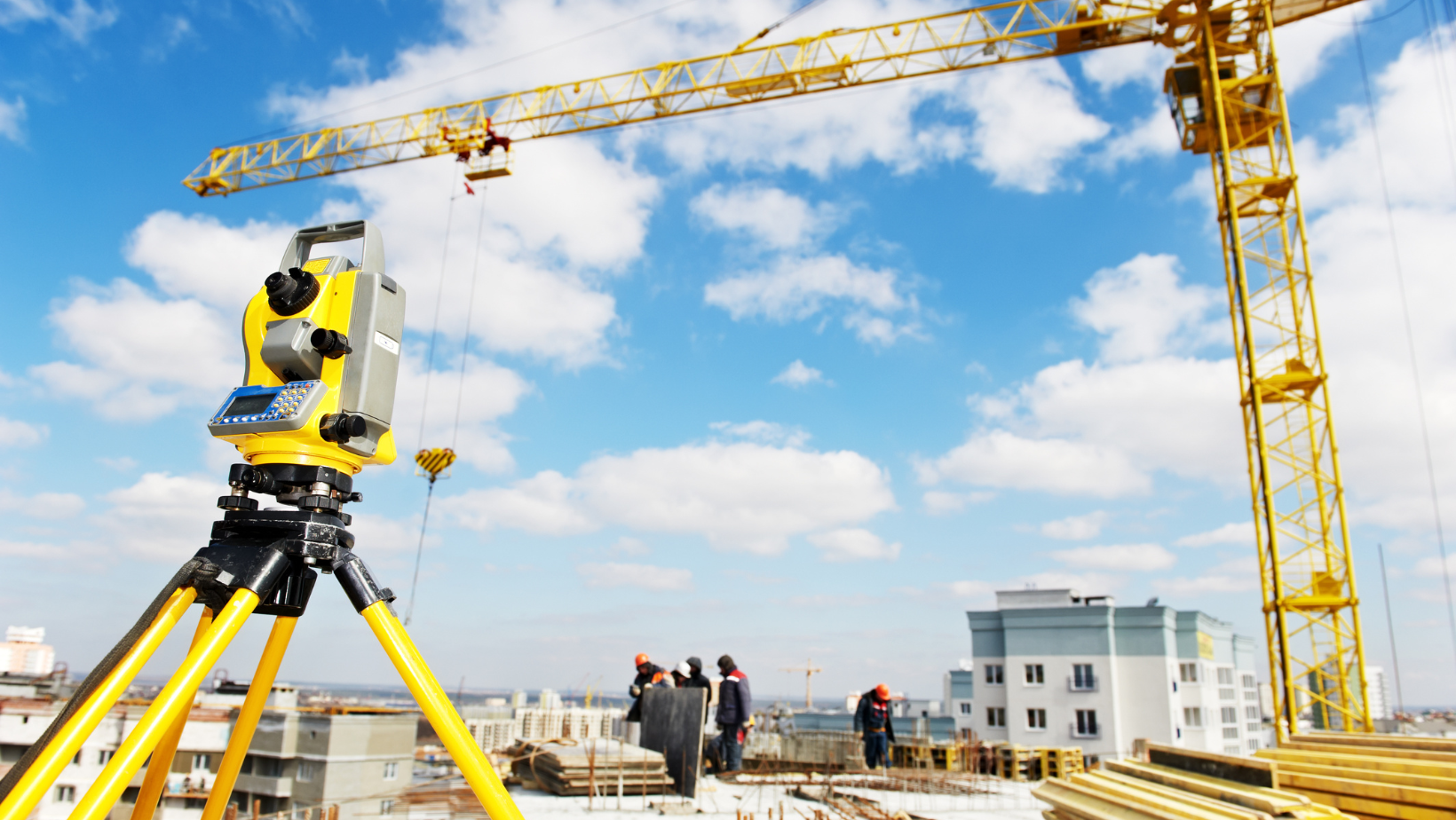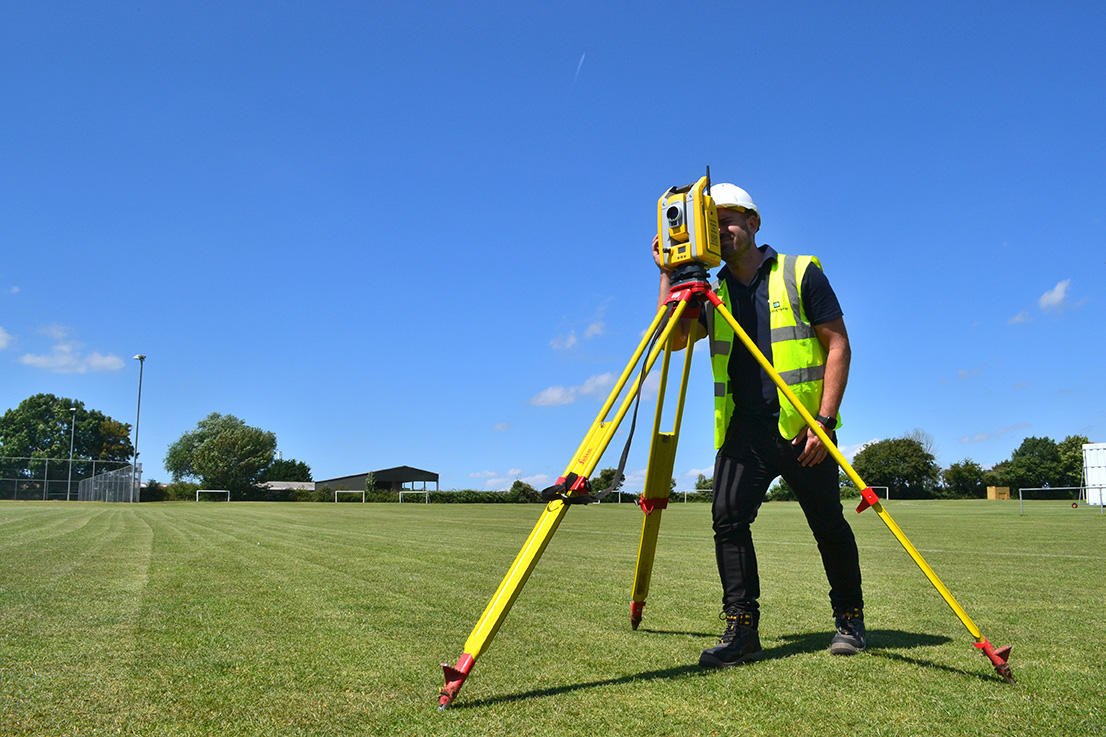The Essential Role of Setting Out Engineering in Modern Construction
Vital Devices and Techniques in Laying Out Design
The self-control of establishing out design relies heavily on a suite of important tools and techniques that underpin the accuracy and performance of task implementation. What effects does this hold for future engineering methods?
The Value of Accurate Dimensions

The value of accurate measurements prolongs past plain compliance; they are essential to the total efficiency of engineering procedures. Errors can bring about material waste, job delays, and boosted labor expenses, ultimately affecting the project's lower line. Specific measurements boost the high quality of the final item, making certain that it performs as meant and satisfies the assumptions of stakeholders.
Furthermore, the importance of precise dimensions is obvious in various design techniques, including civil, mechanical, and electric engineering. Thus, promoting a society that prioritizes precision is important for the future of design.
Essential Devices for Laying Out
Laying out, a crucial stage in the design and building and construction procedure, depends heavily on details devices that make sure precise location and alignment of structures. Among these tools, the property surveyor's degree stands out, providing accurate straight dimensions crucial for establishing reference factors. This instrument makes it possible for designers to establish altitude modifications and keep harmony across the job site.
The total amount terminal is one more vital tool, incorporating digital range dimension with angular dimension capabilities. This innovation enhances efficiency and precision in capturing spatial information, enabling efficient website layout and planning.
In addition, making use of measuring tapes and marking devices, such as chalk lines or risks, is fundamental for briefly noting limits and crucial points on the site. These fundamental tools, though basic, are critical for making sure clear communication amongst the construction group concerning task requirements.
Last but not least, general practitioner technology has gained traction in laying out processes, supplying real-time positioning data and considerably enhancing accuracy over traditional methods. Jointly, these essential tools develop the foundation of reliable laying out practices, ultimately adding to the successful implementation of engineering and construction jobs.
Advanced Evaluating Methods
Advanced surveying strategies play an essential role in improving the precision and efficiency of design jobs. These methods incorporate a variety of methods that provide precise information for layout and building. Traditional approaches, such as leveling and triangulation, have evolved into extra advanced techniques, consisting of Overall Terminal studies and International Navigation Satellite Solution (GNSS)
Complete Station tools incorporate electronic theodolites with range dimension capabilities, allowing surveyors to gather specific area information with terrific rate. This innovation dramatically lowers errors connected with hand-operated measurements and supplies real-time data handling. Furthermore, GNSS supplies unmatched precision for large-scale jobs by using satellite signals to establish specific positioning, which is essential for aligning structures and ensuring conformity with style specifications.
Along with these tools, progressed techniques also integrate geospatial evaluation and 3D modeling. These techniques allow engineers to visualize surface and site conditions better, helping with much better decision-making throughout the planning phase. By utilizing these innovative surveying techniques, design jobs can achieve greater accuracy in design, reduce rework, and eventually improve general task success.
Digital Technology in Design
The assimilation of digital technology has actually revolutionized engineering methods, boosting both efficiency and precision across various techniques. Tools such as Structure Details Modeling (BIM) facilitate the visualization and administration of complex jobs, enabling engineers to collaborate perfectly and make educated choices. This modern technology enables the development of in-depth 3D models, which can be assessed for structural stability and performance before building begins.

The application of synthetic intelligence and artificial intelligence in engineering procedures additionally boosts predictive upkeep and optimization of resources. These innovations allow the analysis of substantial data sets, causing far better projecting and boosted job end results. Generally, digital innovation is improving the design landscape, driving technology, and making sure that projects are completed with better effectiveness and decreased danger. As the market remains to evolve, embracing these tools will certainly be essential for future success.
Ideal Practices for Application
When implementing electronic modern technology in design, it is critical to establish a calculated technique that aligns with task objectives and business abilities. A thorough analysis of existing operations and modern technology infrastructure is necessary to determine voids and possibilities for improvement. Involving stakeholders early while doing so fosters cooperation and makes certain that the technology meets user demands.

Project managers need to adopt an iterative execution method, allowing for modifications based on real-time comments and efficiency assessments. This nimble technique not just alleviates risks however also promotes constant improvement by including lessons found out.
Verdict
In conclusion, the assimilation of important tools and advanced strategies in establishing out design is important for making certain accuracy in dimensions and effective project execution. Employing tools click resources such as property surveyor's levels, overall terminals, and GPS technology, along with contemporary evaluating methods, boosts accuracy and reduces the possibility of errors. Taking on best methods in implementation additionally maximizes these procedures, eventually promoting boosted project outcomes in the design and construction markets.
The technique of setting out design counts heavily on a suite of vital tools and strategies that underpin the precision and effectiveness of job implementation.Moreover, the importance of exact dimensions is evident in various engineering self-controls, including civil, mechanical, and electric engineering. By employing these innovative evaluating strategies, engineering projects can accomplish better precision in format, minimize rework, and eventually boost overall job success.
On the whole, electronic technology is reshaping the design landscape, driving advancement, and guaranteeing that projects are completed with higher performance and minimized danger (setting out engineering).In verdict, the integration of crucial tools and advanced techniques in setting out design is vital for guaranteeing precision in dimensions and successful visit here task execution